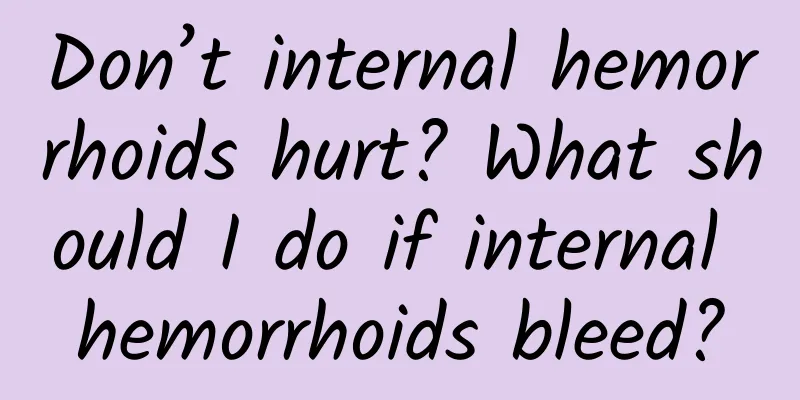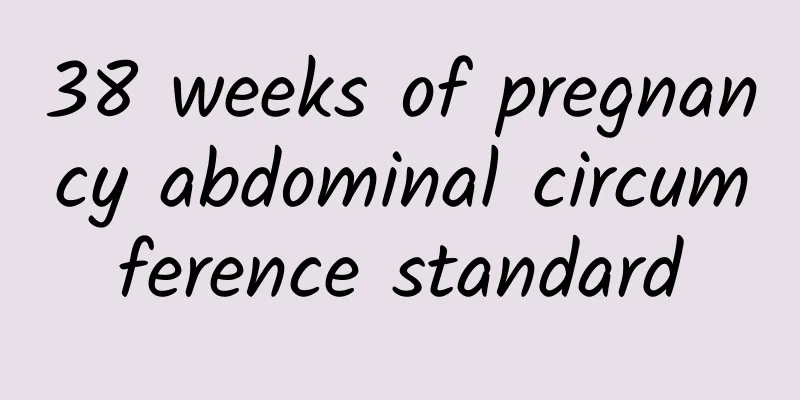How to treat collapsed eardrum

|
The condition of eardrum collapse is called tympanic membrane retraction. Most patients will suffer from hearing dysfunction due to this disease, often cannot hear clearly, have a lot of noises in the ears, feel pain in the ears, and the skin around the patient will feel numb, and they will be very upset psychologically. In terms of daily treatment, anti-inflammatory drugs and Chinese patent medicines are mainly used. Clinical manifestations/tympanic membrane retraction1. Hearing loss: Hearing decreases, self-hearing increases. When the head tilts forward or toward the healthy side, the hearing may be temporarily improved (positional hearing improvement) because the effusion leaves the cochlear conduction. When the effusion is viscous, the hearing may not change with changes in head position. Children are often brought to the doctor by their parents because of their slow response to sounds, poor concentration, and poor academic performance. If one ear is diseased and the hearing in the other ear is normal, it may not be noticed for a long time and may only be discovered during a physical examination. 2. Earache: Acute cases may cause dull earache, which is often the first symptom of the patient. It may be continuous or cramping. Chronic cases may not have obvious earache. This disease is often related to a feeling of blockage or stuffiness in the ear, which can be temporarily relieved by pressing the tragus. 3. Tinnitus: It is mostly low-pitched and intermittent, such as "crackling", buzzing and the sound of running water. When the head moves or when yawning or blowing the nose, a sound of air passing through water may be heard in the ears. 4. The skin around the patient feels "numb" and the patient feels psychologically depressed. Treatment/tympanic membrane retraction If tympanic membrane retraction occurs, symptomatic treatment should be given. If you suffer from secretory otitis media, throat disease or rhinitis, you should cure these diseases first. The second method is to use the Eustachian tube blowing method to unclog the Eustachian tube. The specific method is: pinch your nostrils, hold your breath and blow air out, but the force must be appropriate and it must be done under the guidance of an experienced doctor. If too much force is used, it may easily cause a rupture of the eardrum. When using this method, you should be careful not to pinch your nose or blow air because there is a possibility of transmitting the infection of the nasopharynx to the middle ear, especially when there is a lot of inflammatory secretions in the nose and pharynx. During the acute stage of Eustachian tube inflammation and blockage, and nasal blockage caused by colds, do not do patency checks or blowing techniques, and do not blow your nose too hard. At this time, you should take some mucosal astringents such as ephedrine in time to keep the nasal cavity open and prevent complications of otitis media. |
<<: How to treat a retracted eardrum
Recommend
Why is type O blood universal?
Type O blood is not a panacea. Although a small a...
The four limbs are stiff and cannot move
The four limbs are stiff and unable to move. Ther...
Decerebrate rigidity
Many people have never heard of what brain rigidi...
Feeling of weakness in the bones
Recently I heard a friend say that he often felt ...
Can I swim if I have a urinary tract infection?
Swimming is a very popular sport. It can effectiv...
What can I eat to reduce swelling in my calves?
Many people suffer from calf edema, which is caus...
How to prevent bone hyperplasia
How to prevent bone hyperplasia? This question is...
How long does it take for neuritis to heal?
Many people do not know much about neuritis. For ...
What is the secretion from little girls' underwear?
Many people have the misunderstanding that gyneco...
Can tenosynovitis be treated with a blocking injection?
Blockade injection is a type of blocking treatmen...
Woman's body full of parasites
Parasites are killers lurking in the human body. B...
Exercises to promote bone growth
For teenagers, bone growth is very important. Onl...
Charcot-Marie-Tooth Disease
I don't know if you know about Charcot-Marie-...
Does gout cause itchy skin?
Most gout is caused by poor kidney function. Gout...
Six month old baby always scratches his head
By the time a six-month-old baby reaches the age ...









